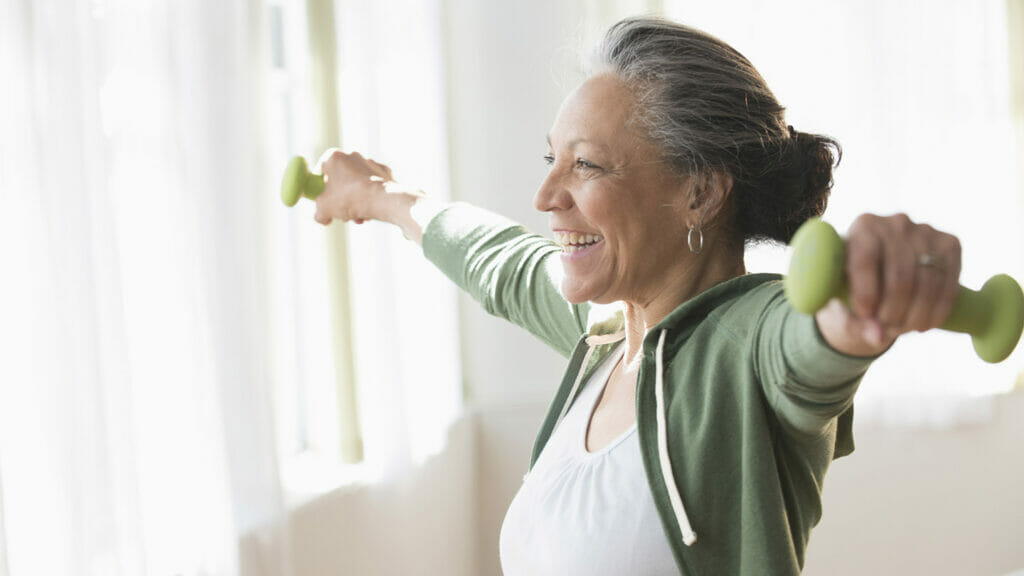
With more and more older adults accepting wearable technology as part of their health and fitness routines, one natural question is whether those tools are properly serving them.
Devices that track fitness levels are biased toward younger cohorts in their calibration and recommendations, new research argues.
The study, which looked at older women in particular, recommends using different “cutpoints,” or levels of physical activity. In doing so, wearables could collect better data that researchers then could use to analyze how users’ lifestyles affect risk for health problems such as heart disease or osteoporosis.
Approximately one-third of older adults now are using wearables, according to recent data. Although few long-term care providers provide those tools to residents directly, many have fitness programs, and some facilities and communities do have “smart” gyms whose machines track similar data. As such, knowing more about what constitutes appropriate exercise for various age groups, and how that mitigates health problems, would be valuable information for caregivers.
The lack of senior-friendly tech devices and tools is an ongoing problem that developers are trying to address. In addition to wearables not being specifically calibrated for older adults, other issues include new models that don’t integrate with other devices seniors own, tech experts have noted.
For the most recent study, researchers selected 200 female participants aged 60 to 91 years. The cut points divided fitness levels between physical inactivity (sitting, etc.); light exercise such as cooking or cleaning; and moderate, intentional exercise.
The study authors are hoping to use those findings to conduct more research into how periods of fitness and physical inactivity are associated with cancer and cancer death in older women.
Recent studies involving senior women and fitness have found that even moderate levels of exercise also can help lower the risk of dementia, McKnight’s reported last year.

